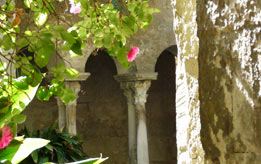- Home
- The agency
- Discover Provence
- Sustainable tourism
- Our offers
- Owners
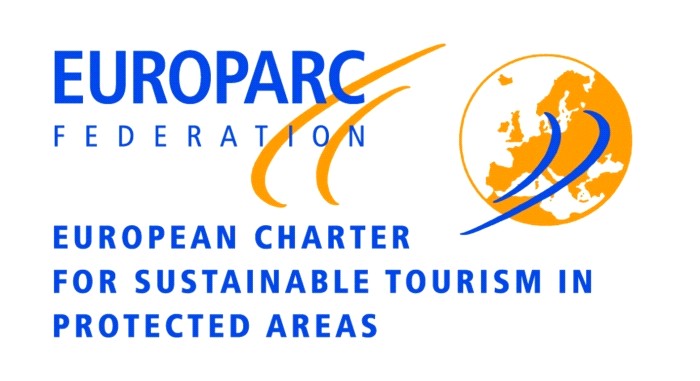
In April of 2014, Plaisirs et Maisons de Provence officially received its acceptance to Part 3 of the European Sustainable Tourism Charter.
The agency is one of the first 7 agencies to have obtained this distinction for its work for sustainable tourism in the protected regions of Provence.
Part 3 of the CETD concerns tour operators who commercialize stays taking place in the Regional Natural Parks (PNR) and National Parks (PN).
This distinction is the fruition of a sustained effort undertaken by Sabine Scorsone, founder of Plaisirs et Maisons de Provence, and of her team.
Sabine has worked for the implementation of Part 3 of the European Sustainable Tourism and Protected Spaces Charter (CETD) since 2008.
It all started when she wrote a paper in 2008, for her Master 2 in International Management of Tourism, at Aix-en-Provence University.
The subject of this paper: How can a tour operator work to promote Part 3 of the CEDT ?
Sabine then participated in the planning necessary to implement this Part 3. She participated in workshops organized by Lydie Defos du Rau, Person Responsible for Sustainable Tourism and leisure and Gilles Clémente, IPAMAC consultant, with other local agencies and tourist offices of the Arles area.
The agency was the subject of an identification and diagnostic phase made by the Alpilles Protected Areas Manager, Lydie Defos du Rau, on various themes (rapport with nature, dynamics of introduction in network, personnel management, type of offers developed…).
A committee composed of the primary institutions of French tourism (iPAMAC, ATOUT France, ATR,...) decided to validate this candidacy.
This agreement is for a 3 year, renewable term. This is a significant step forward.
A plan of action is being drafted by Sabine and Lydie which will be quickly introduced in this article and will evolve over time.
In addition, an annual report will be prepared to indicate how much progress has been achieved .
In addition to these charters specific to each of Europe's protected areas and regional nature parks in France, a common charter for all of those areas was created in order to work towards sustainable tourism.
This charter was developed by a group consisting of representatives of European protected areas, the tourism sector and their partners.
It follows a first reflection, initiated in 1991 by the Europarc Federation, which culminated in the publication of "Loving Them to Death?" report.
From 1995 to 1999, the Federation of the Regional Natural Parks of France established the LIFE program. A steering committee was formed, composed of 10 pilot parks in Europe (managers), stakeholders of the environment and of tourism.
Today, a whole network developed to implement a Sustainable Tourism from 58 territories in Europe, located in partner countries: Germany, Austria, Spain, Finland, France, Great Britain, Italy, Portugal.
The aim is to act locally, through the preservation of natural areas, while the economy prospers, in agreement and with the participation of residents.
The European Charter of Sustainable Tourism (CETD) was created to contribute to Agenda 21, the United Nations sustainable development program, established during the Earth Summit in Rio de Janeiro in 1992 – charte européenne
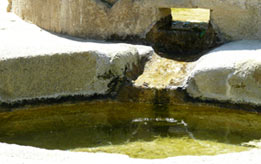
The European Charter for Sustainable Tourism in Protected Areas promotes the practical application of the concept of sustainable tourism development. That is to say "a development that meets the needs of present generations without compromising the ability of future generations to meet theirs".
It’s a management tool to help develop sustainable tourism in any "protected" area.
The charter defines the rules and methodology to be followed, taking into account the environmental needs of the territory, local people and local tourism businesses.
It helps to create a partnership between various stakeholders of a territory for the establishment of a TOURISM PROJECT, responding to the prerogatives defined by the said charter, following the strategic orientations of a territory while meeting the basic rules of sustainable development of tourism.
It defines a commitment under the form of a contract signed by all partners, promoting the organization of shared responsibility, describing the individual and collective commitment to establish a tourism meeting the rules of sustainable development.
Joining the Charter and making a diagnosis, consulting and involving partners, settting strategic goals, allocating the necessary resources, carrying out a program of actions and evaluating the results.
The Charter signatories adhere to the ethics of Sustainable Tourism. They undertake to work for a better contribution of tourism to the protection and enhancement of heritage. They commit to adopting business ethics: respecting the customer and establishing a fair pricing policy. Ethics will also be present in their welcoming policy, promoting the access of protected areas to all public, especially students, youths, the elderly and disabled.
It translates into forging contracts developed out of an intense and frank cooperation between the institution managing the protected area, the tourism providers, the tour operators and other local participants.
For example: business rules (respect of quotas, commission rates and intermediates), technical competence, quality and speed of information, respect for the tourism law, preference to private initiative.
PDF - To view the European Charter for sustainable tourism in protected areas of the federation of the regional parks of France
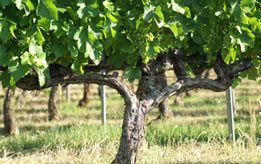
Joining the European Charter for Sustainable Tourism in Protected Areas is the initiative of each of the territories concerned.
In France, it requires from the protected area or the Regional Natural Park of France, the establishment of a STRATEGY for the ESTABLISHMENT OF SUSTAINABLE TOURISM and the IMPLEMENTATION OF THE CHARTER;
THE PROTECTED AREA is the conductor of a global and concerted reflection and tries to create positive interaction between tourism and other sectors of the territory which aim to meet the expectations of the new European customers.
PDF - In order to do so, it is necessary to follow a very precise methodology
Membership to the Charter must lead to the definition of a multi-year strategy for Sustainable Tourism Development and a program of contractual actions for and through the territory and the signatory companies.
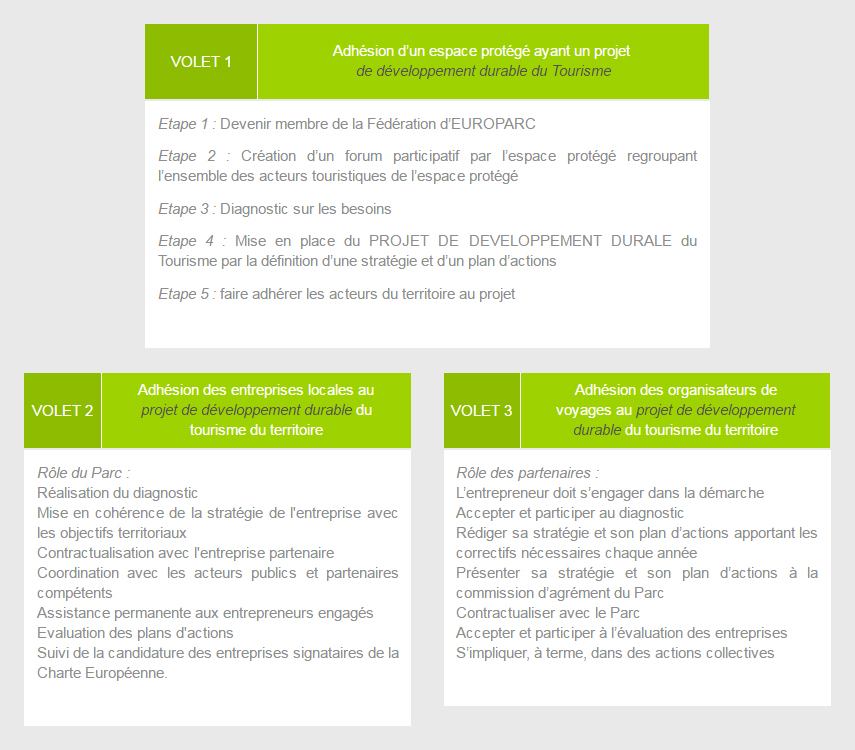
The charter defines 10 principles in order to work in partnership.
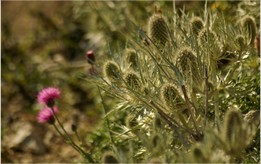
Involve all those involved in tourism in and around the protected area in its development and management.
A "permanent forum" should be established between the protected area authority, local communities, community organizations and representatives of the tourism industry. Links with regional and national bodies should be developed.
Prepare and implement a sustainable tourism strategy and action plan for the protected area.
The strategy should be based on careful consultation and be approved and understood by local stakeholders.
This strategy should contain :
- conservation and enhancement of the environment and heritage
- economic and social development
- preservation and improvement of the quality of life of local residents
- visitor management and enhancement of the quality of tourism offered
Addressing key issues : Each protected area is different. Strategic priorities and action programs should be determined locally, using the approach described above.
Protect and enhance the area’s natural and cultural heritage, for and through tourism, and protect it from excessive tourism development by :
